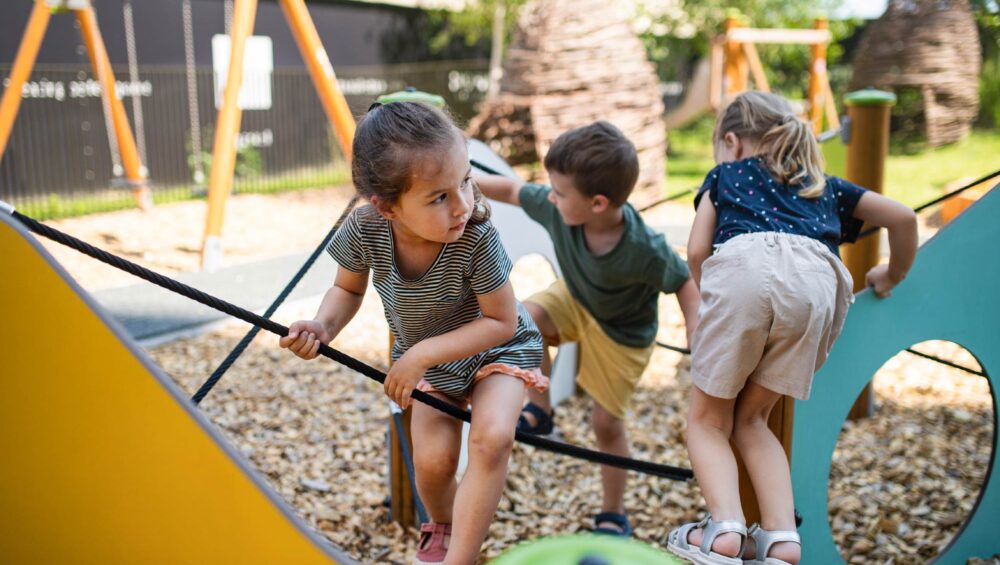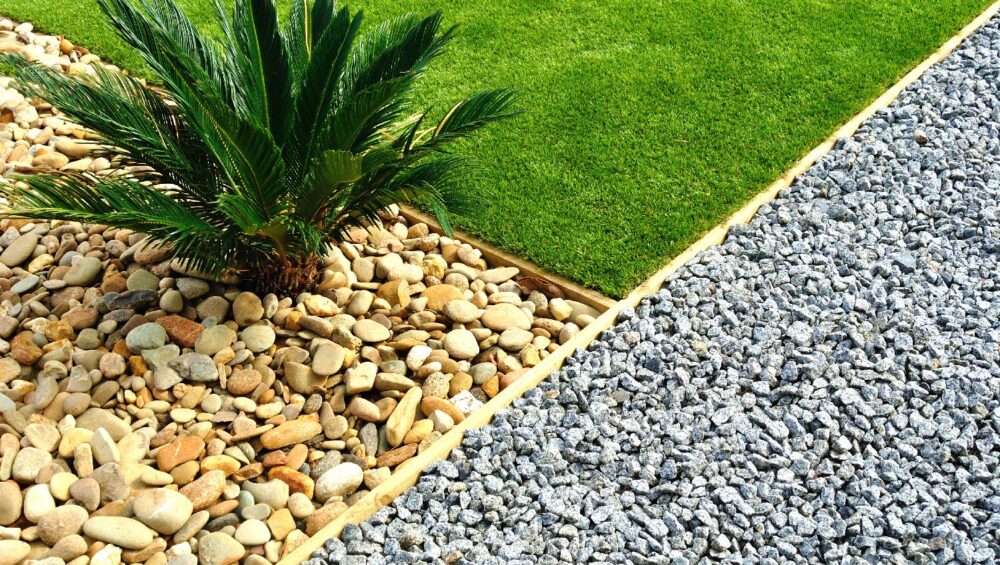A Playground is a space where a child’s imagination can soar and their physical abilities are put to the test. Ensuring the safety of these play areas is crucial and the selection of materials that go under playground equipment and is just as important as the playground pieces themselves. Impact attenuation, cushioning, and fall protection are paramount and closely related to the recommended depth and amount of material required to create a secure playground surface.
What is Impact Attenuation?
Put simply, impact attenuation is the depth specific material needs to be in order to sustain a fall from prescribed height. Children are naturally curious and energetic, leading to inevitable falls and tumbles during play and the choice of playground surface material plays a critical role in reducing the risk of injury. Materials such as engineered wood fiber, rubber mulch, or rubber tiles are designed to absorb the impact of falls, effectively cushioning the landing and minimizing the severity of injuries or preventing them all together. These materials act as a protective barrier, creating a safer environment for children to explore and enjoy their playtime. The Consumer Product Safety Commission (CPSC) recommends a minimum depth of 12 inches of loose-fill materials, such as engineered wood fiber or rubber mulch. This depth is crucial for absorbing the impact of falls from various heights, safeguarding children against injuries. It is important to note that different materials have different compaction rates, and regular maintenance is necessary to maintain the recommended depth.
Additionally, it is crucial to have sufficient material coverage underneath and around the playground equipment. The CPSC suggests extending the material at least 6 feet in all directions from the equipment to ensure adequate fall protection. This ensures that children have a safe zone around the play structures where they can land with reduced risk of injury.
When it comes to playgrounds, safety should always be a top priority. Choosing the right materials and maintaining the appropriate depth and amount of material underneath playground equipment is crucial for creating a safe play environment. By working with a licensed professional you can ensure your playground is finished properly with peak safety measures in place.

